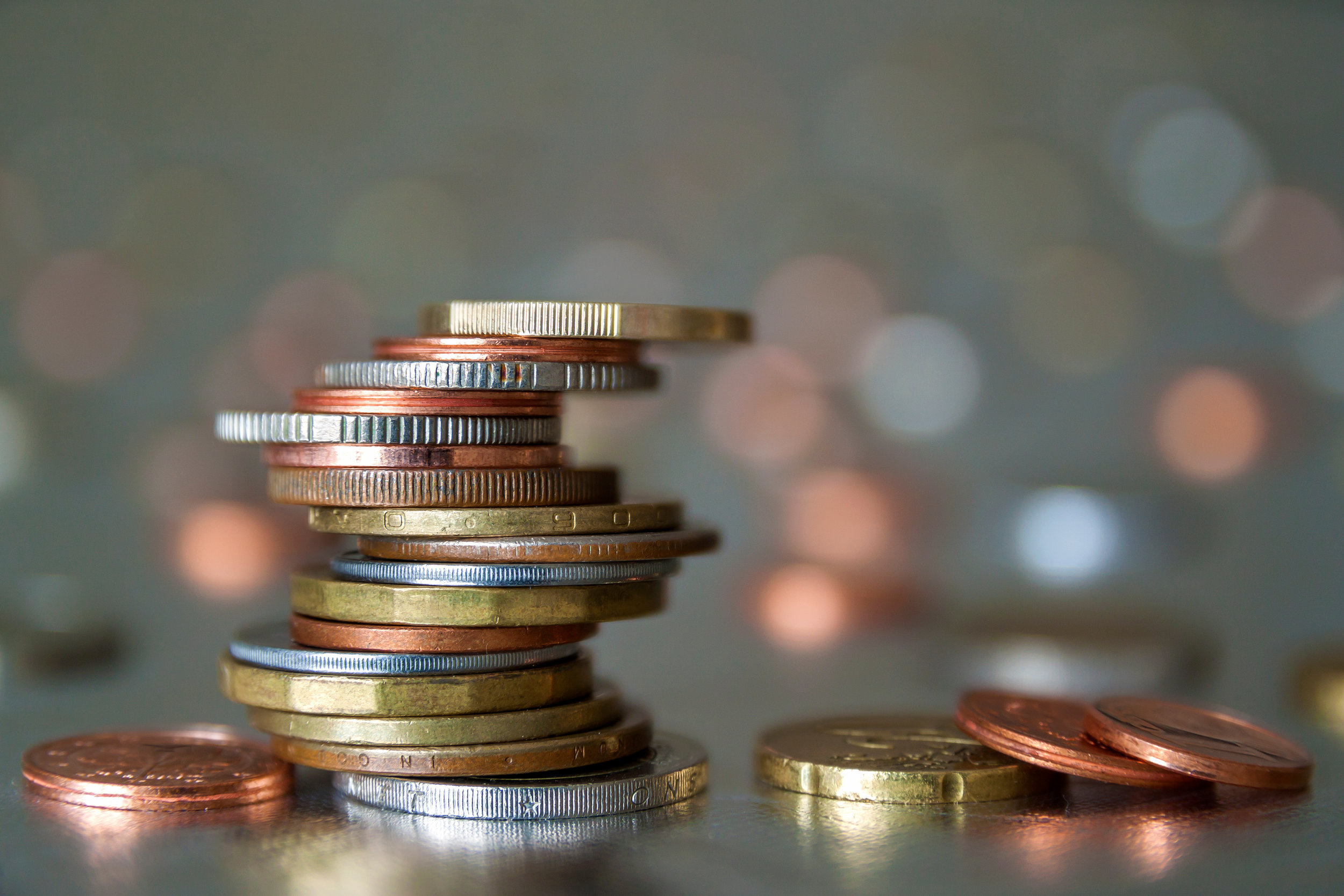5 Steps to Creating an Emergency Fund
Content origianlly published on the Big 550 KTRS blog.
Saving money looks different for every person or family unit based on their spending plan. Take a moment to review yours—what does it look like? If an emergency savings fund is part of it, or if you’re looking towards building one, there are a few things you’ll want to consider while creating it.
First, come to an understanding with yourself (and/or your partner) when and how this account will be used.
Is it solely for unexpected expenses such as a fender bender, appliance breakdown, home repair, medical or dental emergency, and even unexpected travel. Managing your emergency fund account requires discipline (as a close-out sale on high end patio furniture – while a great deal – does not constitute an “emergency”.)
Second, determine how much money should you have saved in an emergency fund.
Typically, financial experts advise emergency fund amounts based on monthly expenses, such as saving enough to cover three, six and even twelve months of expenses. This can be ambitious for many people. If you’re in this camp, simply start small (versus not starting at all). Begin with a small goal amount and gradually work your way up. If you are self-employed or if your income fluctuates greatly or is “at risk,” you should consider saving even more.
Are you wondering how to calculate your monthly expenses? Avoid guessing.
Take the time to determine what you spend each month. It’s a great exercise for budgeting and you may even find a few expenses you can cut! You can typically lump your expenses into three categories: fixed monthly expenses, minimum debt payments, and flexible expenses.
Fixed monthly expenses include your rent or mortgage payment, your utilities and cell/data plan, car loan payment, student loan payment, and insurance premiums. These are your set expenses that typically do not fluctuate from month to month. Minimum debt payments include your credit card obligations. These payments can vary from month to month based on your balance.
Your flexible expenses will include your food, entertainment, gifts, clothes, hair and nails, etc. Your flexible expenses can vary greatly from month to month.
We’re not opposed to saving some cash in a jar, but why keep it there when you can earn interest with a financial institution?
Third, choose where you will keep your emergency fund.
The account you select should give you quick, easy access to your cash. The account should be separate from your regular checking and savings accounts. And, if you are easily tempted to spend or “borrow” from your savings, consider opening your emergency savings account fund at a separate financial institution.
A little of extra savings can go a long way …
Fourth, make your emergency fund contributions automatically.
And, keep your emergency fund in mind when you get a raise at work, or receive a tax refund or money as a gift. Adding a little extra now and again will help you build your account even quicker!
Finally, reassess your emergency fund a few times each year.
Did you have an emergency and did you withdraw some of your savings to cover it? If so, have you begun to replenish the savings amount? And, if you’ve reached your savings goal, should you increase it? Have your circumstances change … did you get married or divorced? Have a baby? Change jobs? If so, your monthly expenses may have changed and maybe your original savings goal will no longer cover you.
Having an Emergency Fund Provides You with Two Big Benefits:
(1) Peace of mind, and (2) It saves you money as you won’t need to turn to your credit card to cover unexpected expense (which could take you months to pay off and make the expense even more costly with interest charges).
The credit union focuses on financial literacy all year with:
Workshops (for adults) – topics including budgeting, home buying and college planning
Teaching (for grade school & high school students) – our in-house programs + with financial literacy courses.
Free online suite of tools, calculators, and tutorials
Free financial counseling programs, debt management plans and credit report reviews with our partner, GreenPath Financial Wellness.







